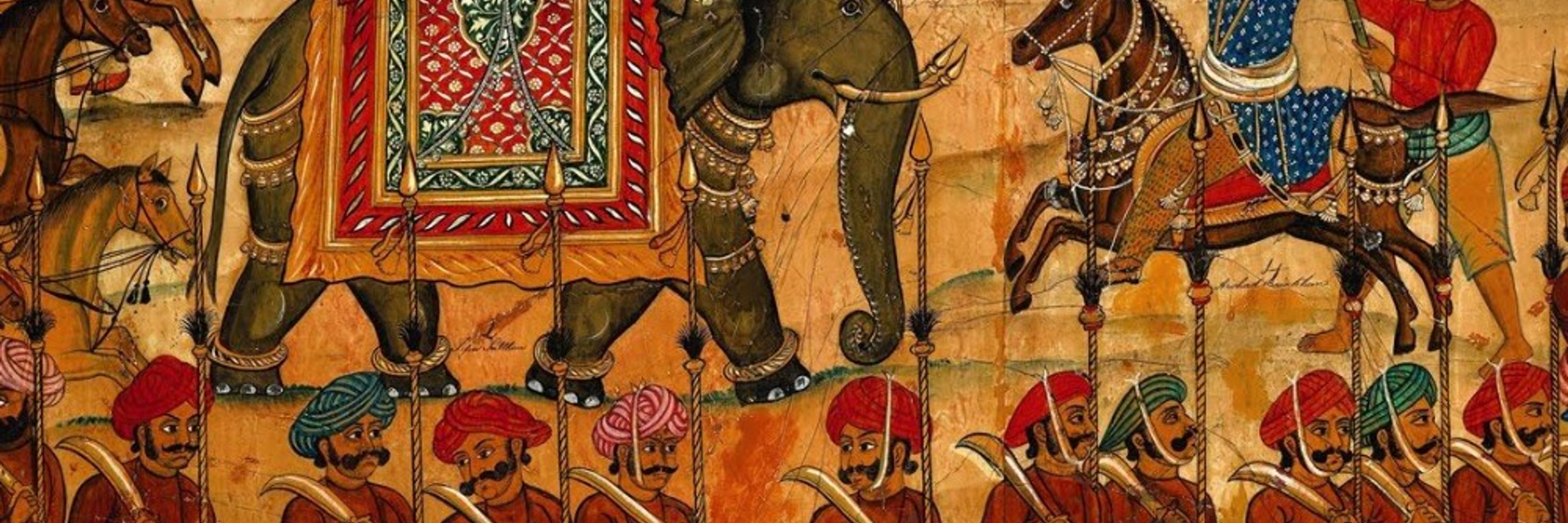Debak Das
@debak.bsky.social
1.4K followers
1.1K following
120 posts
Assistant Professor at the Josef Korbel School of Global and Public Affairs, University of Denver | PhD from Cornell | International Security, Nuclear Weapons, Foreign Policy | Affiliate at Stanford CISAC, Sciences Po (Paris)
www.debakdas.com
Posts
Media
Videos
Starter Packs
Pinned
Reposted by Debak Das
Debak Das
@debak.bsky.social
· 20d
Reposted by Debak Das
Debak Das
@debak.bsky.social
· 22d
Debak Das
@debak.bsky.social
· 22d
Debak Das
@debak.bsky.social
· 22d
Debak Das
@debak.bsky.social
· 22d
Debak Das
@debak.bsky.social
· 22d
Debak Das
@debak.bsky.social
· 22d
Debak Das
@debak.bsky.social
· 22d

Explaining the Proliferation of Nuclear Delivery Vehicles
How and why do nuclear delivery vehicles proliferate? This article identifies a permissive environment in the nonproliferation regime shaped by three drivers for proliferation: First, the multipurp...
www.tandfonline.com
Debak Das
@debak.bsky.social
· Sep 8
Debak Das
@debak.bsky.social
· Sep 6
Reposted by Debak Das
Debak Das
@debak.bsky.social
· Sep 5

Explaining the Proliferation of Nuclear Delivery Vehicles
How and why do nuclear delivery vehicles proliferate? This article identifies a permissive environment in the nonproliferation regime shaped by three drivers for proliferation: First, the multipurp...
tandfonline.com
Debak Das
@debak.bsky.social
· Sep 5

Explaining the Proliferation of Nuclear Delivery Vehicles
How and why do nuclear delivery vehicles proliferate? This article identifies a permissive environment in the nonproliferation regime shaped by three drivers for proliferation: First, the multipurp...
tandfonline.com










